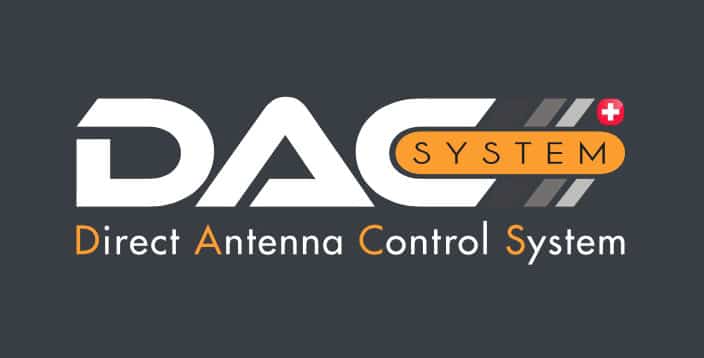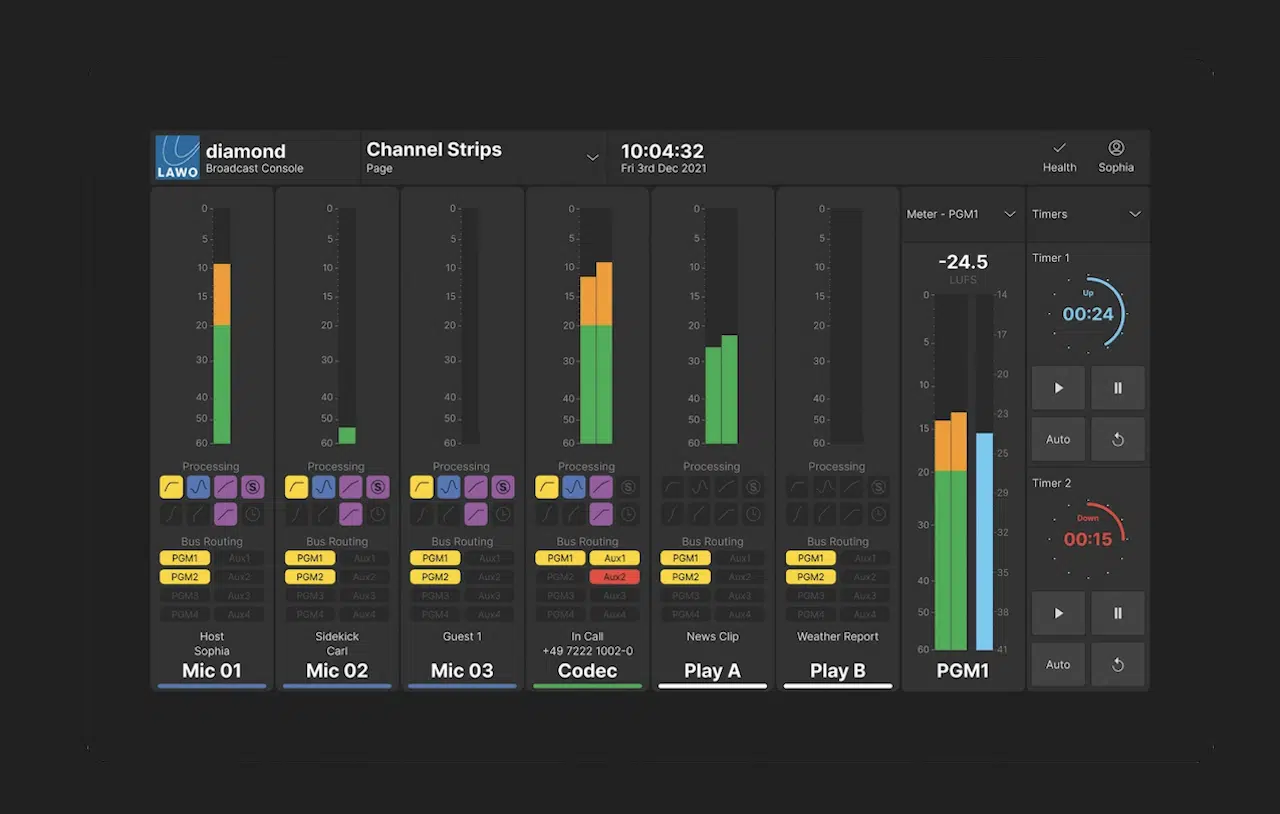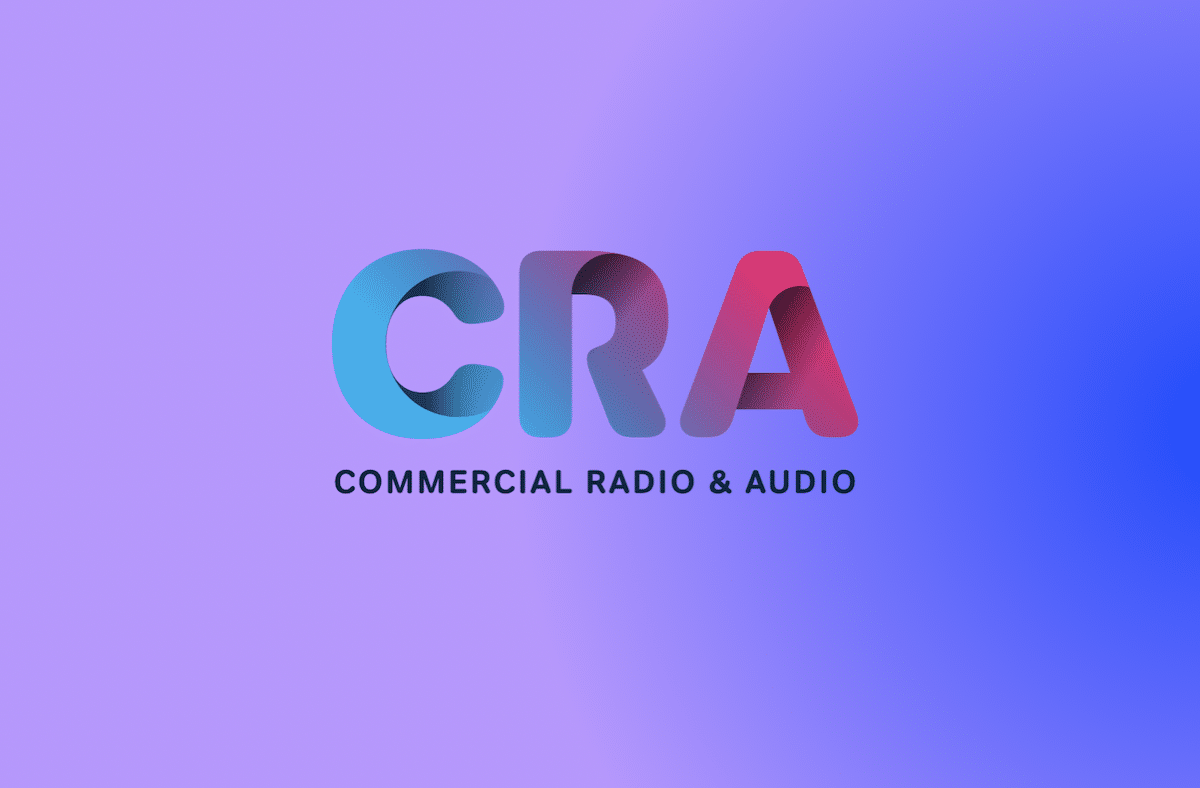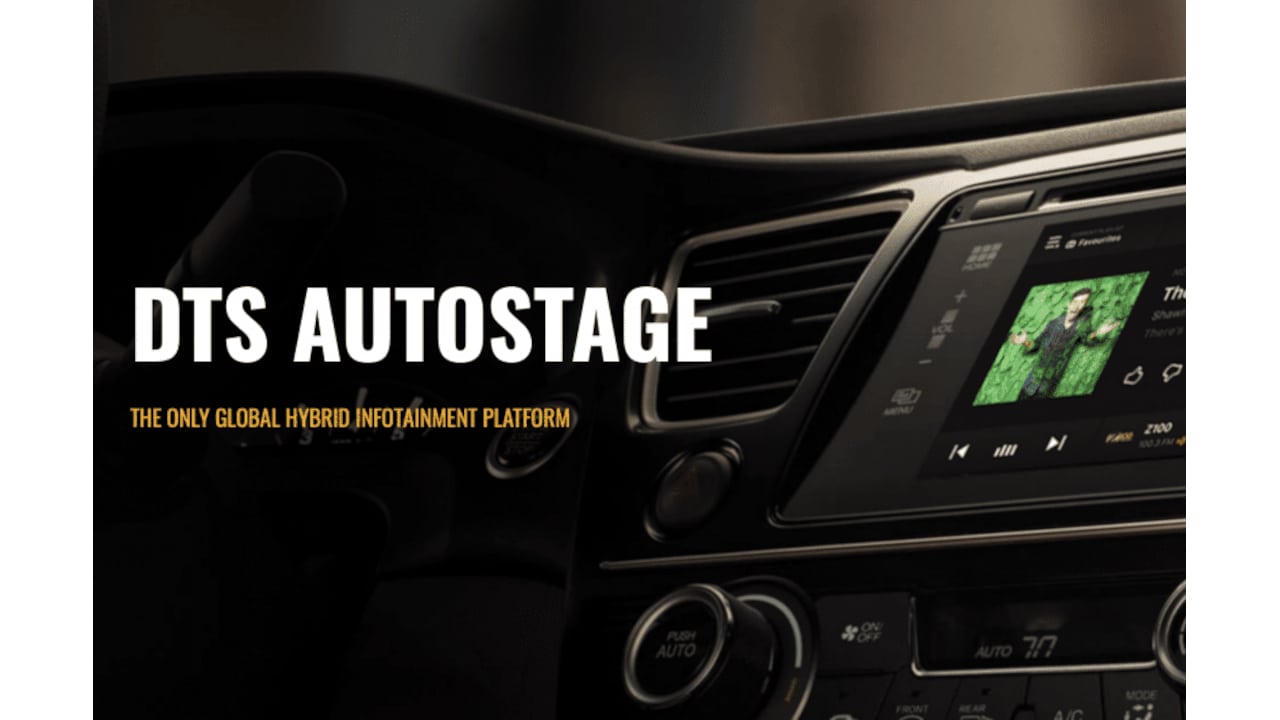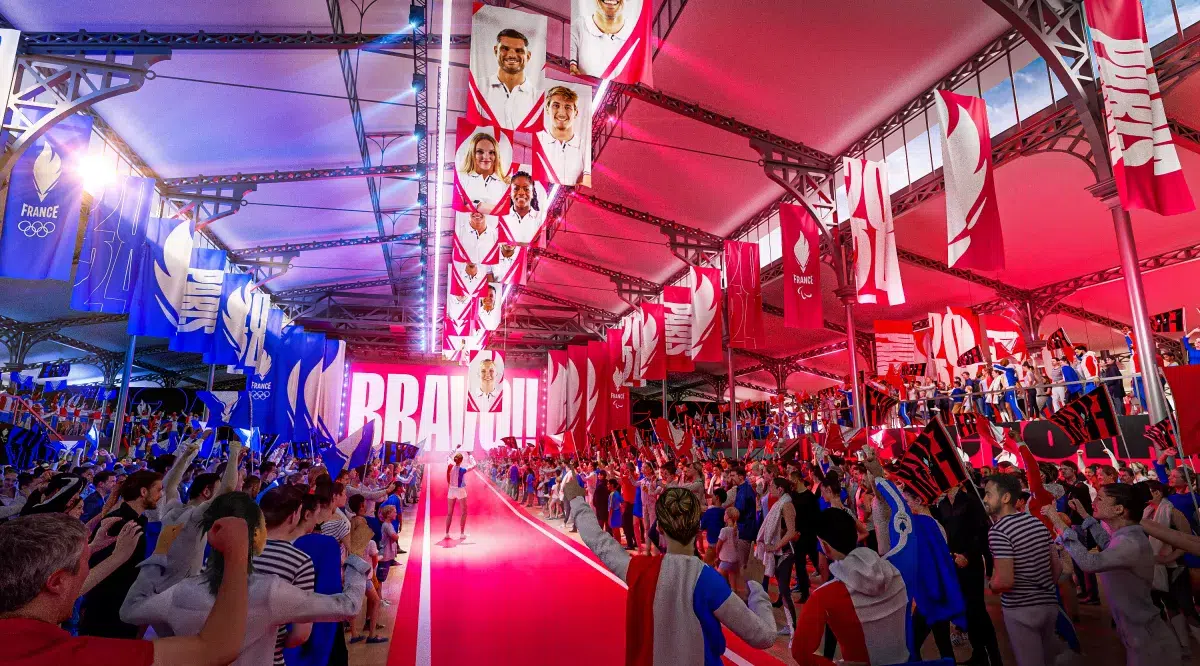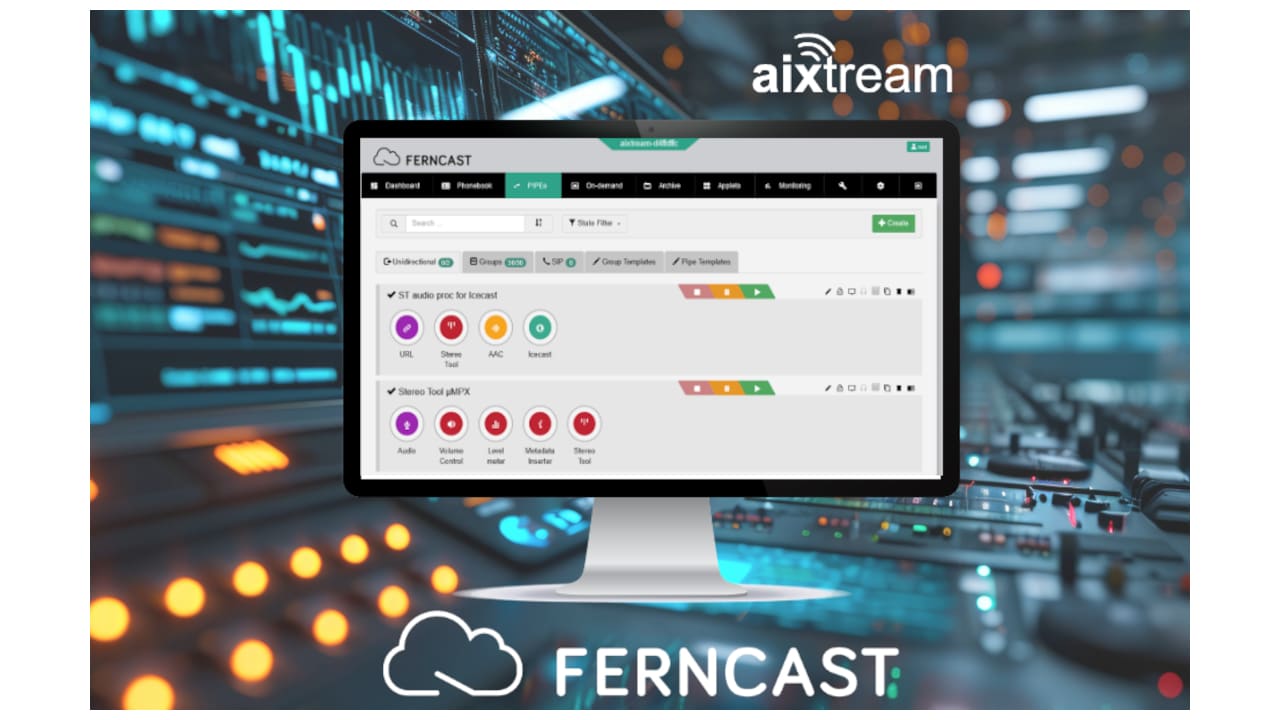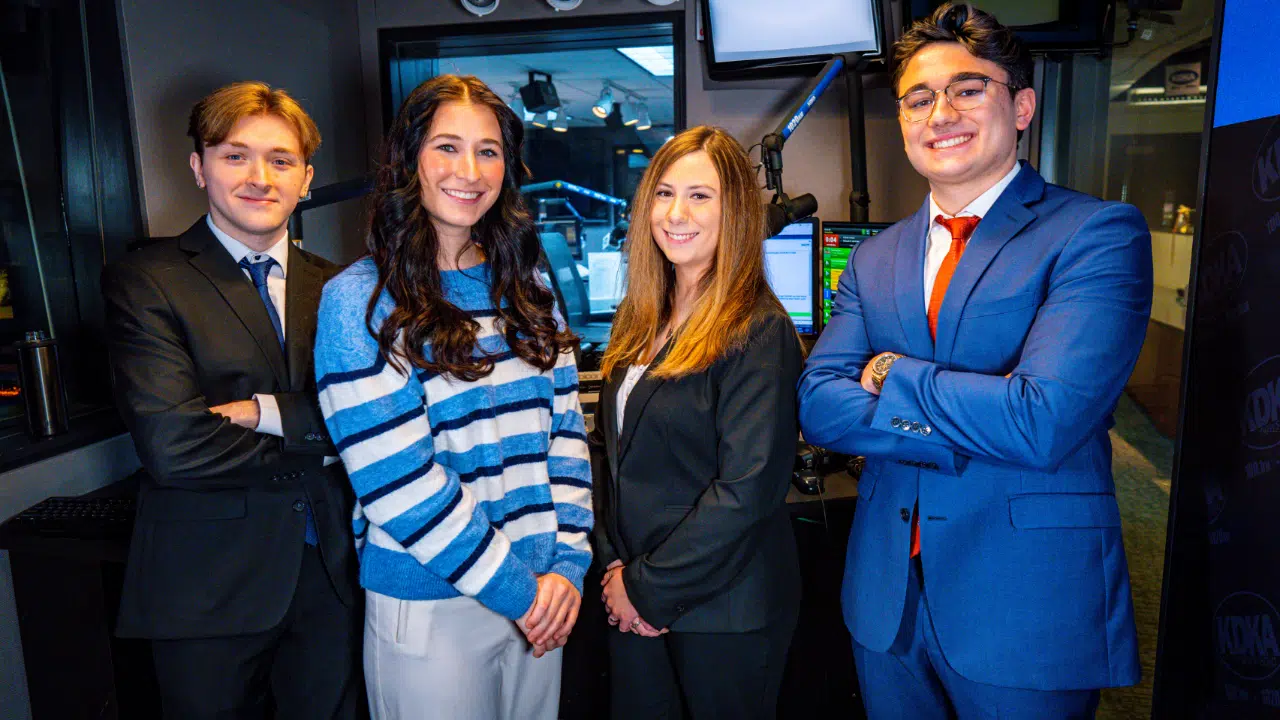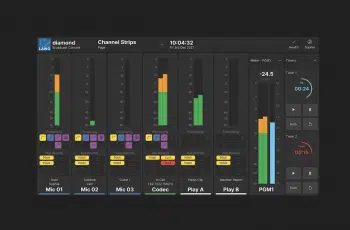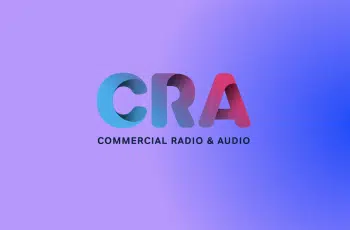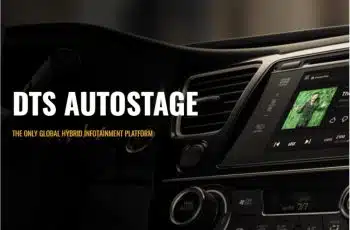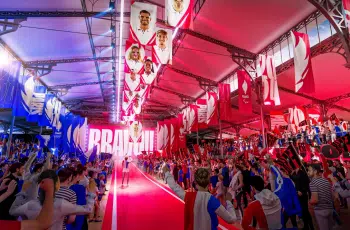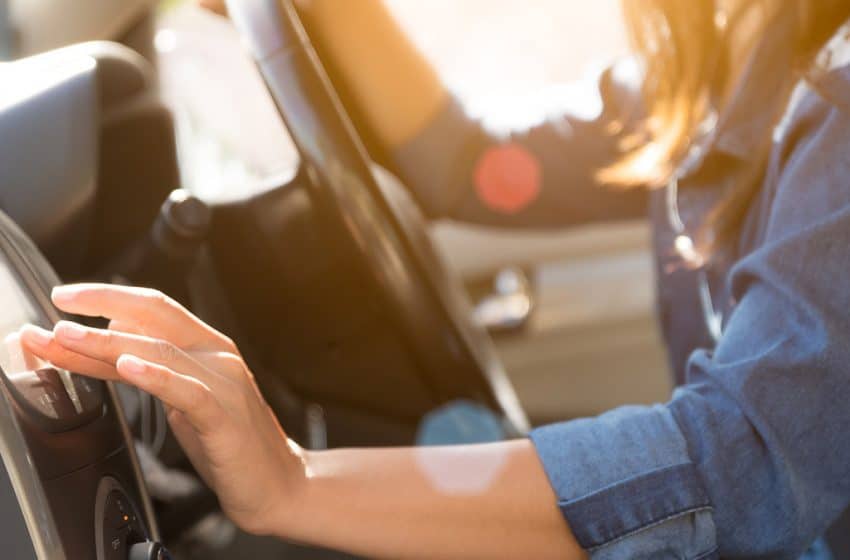
LONDON — In the days when such things were possible, I experienced sitting in the flight deck on an international flight. As we “drifted” over the beautiful countryside with magnificent views ahead, I joked to the pilots that it was pleasant but, in a way, boring.
Without a moment’s reflection, he replied, “Boring — that’s just how we like it!” Far be it from me to suggest that the Edison Research report on radio in vehicles is boring, but it is pleasantly free of surprises. We now know that people enjoy listening to the radio in cars and we imagine they’ll want radio in cars in the future. It is reassuring to hear this.
However, just like the flight crew, the radio industry cannot be complacent. Radio’s very popularity in the car means its dominance is worth challenging. Therefore, the report can help advocate to car companies and regulators the importance of keeping radio in new vehicles.
I spoke to April Carty-Sipp, executive vice president of industry affairs of the National Association of Broadcasters in the United States, for a response to the report.
The findings
RedTech: Much of the survey seemed unsurprising but reassuring for the radio industry. Were there things that did surprise you?

Carty-Sipp: Yes, the lack of surprises surprised me, especially since this study took place in the middle of a pandemic. Consumers still love radio and particularly when they are driving. When 90% of car buyers indicate that broadcast radio should be standard in a vehicle, the industry should pay attention. Another fact that stood out is that radio is the most used in-car audio feature in the U.S., over any other, including USB ports, Bluetooth connections and all other sources.
In every country, radio was also the top-listed audio source. Pre-programmed radio stations offer consistent programming without users having to sift through a clutter of content choices. Radio consumers have emotional connections to the radio: It helps them relax, keeps them company, gives them good memories and puts them in a good mood. It provides escapism but also the critical news and information that listeners want. Despite beliefs to the contrary, younger demographics also view radio as an important feature in vehicles.
RedTech: Are there any hints of the vast difference between U.S. and European radio in the survey?
Carty-Sipp: Whether you are in Europe or the U.S., radio keeps you connected both to your local community and the world. That was clear in the survey across all regions. There was little difference in the survey from country to country — a few percentage points here and there. In all countries, most people listen to the radio at least once a day. Also, radio’s reliability is valued: there are no gaps in audio when listening to the radio, and the ease of use of a favorite radio station with the content and programming you like stands out.
RedTech: What is the role of “traditional” broadcast radio in the car, given the position of Sirius/XM in the market?
Carty-Sipp: There are over 15,000 full-power AM/FM radio stations and more than 10,000 low-power, AM/FM booster and translator signals serving local communities across the U.S. That is the power of local radio broadcasters — they are there for listeners when they need it most. Over the past few years in the U.S., we have had a record number of power outages. When the power goes out, or when the phone or internet are not working, broadcasters provide critical information.
When 90% of car buyers indicate that broadcast radio should be standard in a vehicle, the industry should pay attention.
Radio is a lifeline in the face of hazardous conditions such as weather, wildfires and other emergencies. Broadcast radio is local: Local radio personalities work in their communities, doing fundraisers for local charities, hosting local events and helping listeners engage in their own neighborhood, because it is also their neighborhood. That is the biggest difference between traditional broadcast and Sirius/XM.
The U.S. is unique — we are the only country with satellite radio as an option, and yet broadcast radio is still the top choice. In this research study, AM/FM radio listening in the car is over two-and-a-half times that of Sirius/XM.
RedTech: Are there any regrets about not settling on a single free-to-air DAB (or DAB-like) system when Europe started with DAB back in the 1990s?
Carty-Sipp: The NAB and others considered DAB back in the 1990s. The biggest obstacle to using DAB in the U.S. was a lack of spectrum for the 1.5 MHz-wide DAB signal. Selecting DAB as a U.S. standard was not practical. HD Radio is a far better fit for the U.S. market because it allows radio broadcasters to add digital signals to their transmissions using their existing spectrum.
FM-band HD Radio has been very successful in the U.S., providing FM broadcasters with digital flexibility and the ability to broadcast multiple audio programs in the same spectrum that previously would only support a single program. Additionally, AM broadcasters are beginning to see the benefit of using HD Radio’s all-digital AM configuration to vastly improve their audio quality, coverage and receivability, especially in increasingly popular electric vehicles. Finally, we are beginning to research the possibilities for an all-digital FM future that will offer increased capacity and exciting new business opportunities for radio broadcasters.
RedTech: How do you think broadcasters can best use the survey for the good of the industry? Whose desk would you like to land it on?
Carty-Sipp: Thanks for asking this question. Ideally, we want to get this research in front of the decision-makers that develop and install infotainment systems and innovation in the vehicle — OEMs and their suppliers — to shape the cars they are designing for today and in the future.
New car buyers experience a variety of audio features, touch screens, display options and even customized interfaces, and other technology when they get in the car, reflecting advances in technology. There are big differences from vehicle to vehicle on what that experience is like, and it’s very complicated today.
We have a product — the broadcast radio — that consumers want as the top choice in the vehicle, and we want to be sure to get this information to those decision-makers and share why radio should be front and center in the infotainment experience.
Access the full survey at: https://www.worlddab.org/news/blogs/89/car-buyers-survey-2021.


